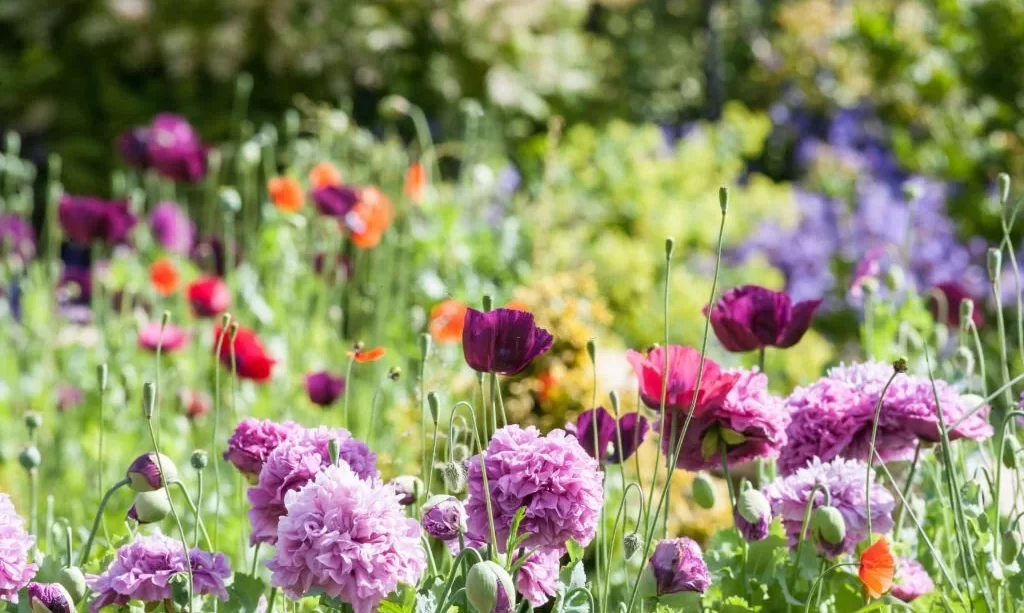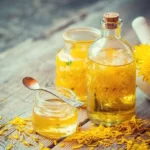In the lush tapestry of the botanical world, the concept of gender takes on a fascinating and pivotal role. Just as in the animal kingdom, many plant species are divided into male and female individuals, each with its unique responsibilities in the grand process of reproduction. Understanding the distinctions between male and female plants is not only a captivating aspect of botany but also a crucial one for successful gardening and horticulture. This article explores the intriguing world of male and female plants, shedding light on their roles in reproduction and their significance in the world of cultivation.
What Are Male and Female Plants?
In the realm of plants, the terms “male” and “female” refer to specific roles in sexual reproduction. Here’s a breakdown of what these terms signify:
- Male Plants: Male plants produce pollen, which contains the male gametes necessary for fertilization. In most cases, male plants do not produce seeds but play a pivotal role in pollination, transferring pollen to the female reproductive structures of other plants.
- Female Plants: Female plants, on the other hand, have reproductive structures that can receive pollen and, upon successful fertilization, develop into seeds or fruits. They are responsible for producing the next generation of plants.
Reproduction in Plants
To comprehend the significance of male and female plants, it’s essential to grasp the fundamentals of plant reproduction:
- Sexual Reproduction: Like many organisms, plants engage in sexual reproduction to create offspring with genetic diversity. This process involves the fusion of male and female gametes to form seeds.
- The Role of Pollination: Pollination is a critical step in plant reproduction. It’s the transfer of pollen from the male reproductive structures to the female reproductive structures, either within the same flower or between different flowers of the same or different plants.
- Agents of Pollination: Pollination can be achieved through various agents, including wind, insects, birds, and even water. Different plants have evolved different strategies to attract specific pollinators.
Understanding these foundational concepts is essential for appreciating the intricate dance of male and female plants in the world of botanical reproduction. In the following sections, we will delve deeper into how to identify male and female plants and why knowing their gender is essential in gardening and cultivation.
Identifying Male and Female Plants
Identifying the gender of plants can vary widely depending on the species. Here are some general methods for distinguishing male and female plants:
- Flower Characteristics: In many cases, male and female plants have distinct flower structures. Male flowers may have prominent stamens with pollen-producing anthers, while female flowers typically feature pistils with stigmas that can receive pollen.
- Cones and Fruit: In some coniferous trees like pines and firs, male cones are smaller and produce pollen, while female cones are larger and contain seeds. Similarly, in fruit-bearing trees, female trees produce fruit, while male trees may not produce any or produce less noticeable flowers.
- Growth Patterns: In dioecious plant species (those with separate male and female plants), female plants may exhibit different growth patterns, such as being more compact or having denser foliage, due to their energy allocation towards seed production.
Importance of Knowing Plant Gender
Understanding the gender of plants carries significance in gardening and horticulture:
- Plant Selection: Knowing the gender of plants is crucial when selecting them for your garden or orchard. For fruit-bearing trees, having both male and female plants is often necessary for pollination and fruit production. Without this knowledge, you might end up with beautiful trees but no fruit.
- Maintenance Considerations: Male and female plants may have different characteristics and maintenance requirements. Recognizing these differences helps you provide appropriate care, such as pruning, to maintain the health and vitality of your plants.
- Crop Yield: In agriculture, knowing the gender of plants is essential for maximizing crop yield. It enables farmers to plan for proper pollination and fruit set, leading to higher productivity.
Male and Female Plant Examples
Several plant species exhibit clear gender differences. Here are a few examples:
- Hollies: Holly plants are dioecious, with separate male and female individuals. Male holly bushes often have more conspicuous flowers, while female hollies produce berries after pollination.
- Kiwifruits: Kiwifruit vines are also dioecious, with male and female plants. Male kiwifruit vines produce showy flowers, while female vines produce the delicious kiwi fruits.
- Date Palms: Date palms are another example of dioecious plants. Female date palms produce the coveted date fruits, while male date palms are essential for pollination.
By recognizing the gender of these and other plants, gardeners and horticulturists can make informed decisions that contribute to successful cultivation and a more fruitful garden. The next sections will explore the importance of cross-pollination and offer guidance on cultivating male and female plants for optimum yield.
Cross-Pollination and Fruit Production
Understanding the gender of plants becomes especially crucial when it comes to fruit production and cross-pollination:
- Fruit Set: In many fruit-bearing plants, having both male and female individuals is essential for fruit set. Male plants produce pollen, which needs to reach the female reproductive structures to initiate the formation of fruits and seeds.
- Enhanced Yield: Cross-pollination between male and female plants often results in more abundant fruit production. Pollinators, such as bees, birds, or wind, play a vital role in transferring pollen between these plants.
- Examples: In apple orchards, for instance, growers strategically plant a mix of apple tree varieties to ensure cross-pollination and maximize fruit yield. The presence of male and female trees of different apple varieties ensures a diverse and fruitful harvest.
Cultivating Male and Female Plants
Cultivating male and female plants in your garden or orchard requires careful planning and consideration:
- Selection: When planning your garden or orchard, choose plant varieties that are known for their gender differences, especially if fruit production is your goal. Ensure an appropriate ratio of male to female plants for effective pollination.
- Spacing: Proper spacing between male and female plants is vital to allow pollinators easy access. This spacing enables them to transfer pollen efficiently, leading to better fruit set.
- Maintenance: Pay attention to the specific needs of male and female plants. Pruning, fertilization, and overall care should be tailored to each plant’s requirements to ensure their health and vitality.
- Pollinator-Friendly: Encourage the presence of pollinators in your garden. Planting pollinator-friendly flowers and providing suitable habitats can help ensure successful cross-pollination.
Conclusion
In conclusion, the recognition of gender in plants goes beyond mere botanical curiosity—it plays a pivotal role in the world of gardening, horticulture, and agriculture. Knowing the distinction between male and female plants allows gardeners and farmers to harness the power of cross-pollination, which, in turn, enhances fruit production and overall crop yield.
As you embark on your gardening journey, consider the gender of your plants, especially when it comes to those prized for their fruits. By strategically cultivating male and female individuals and facilitating cross-pollination, you can create a more productive, diverse, and fruitful garden. Understanding the role of gender in the plant kingdom enriches our appreciation for the intricate processes that lead to the bounty of nature and the abundance of our harvests.



